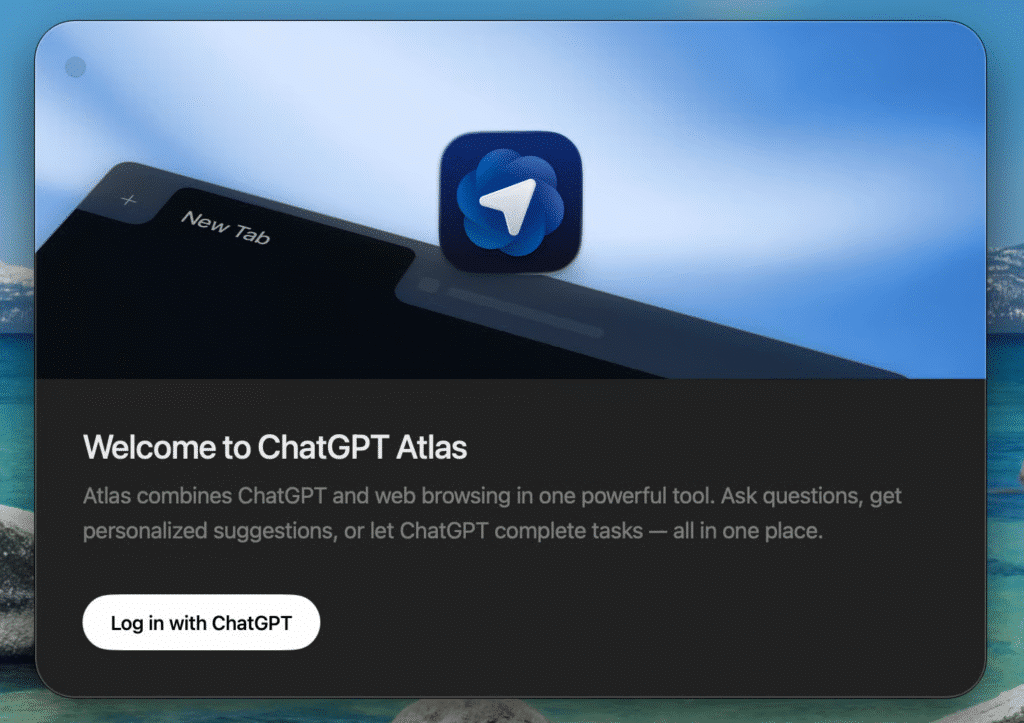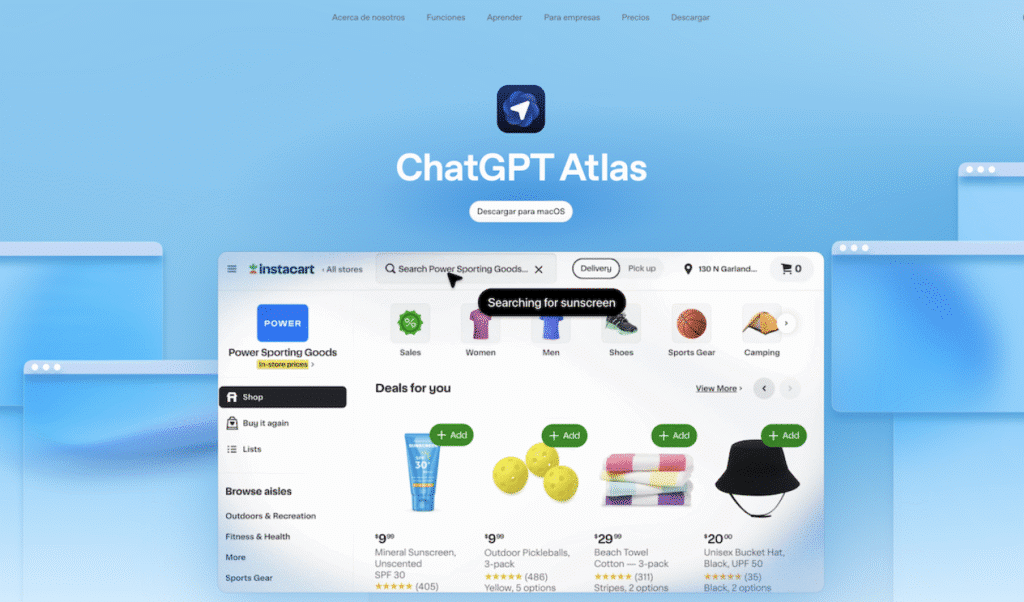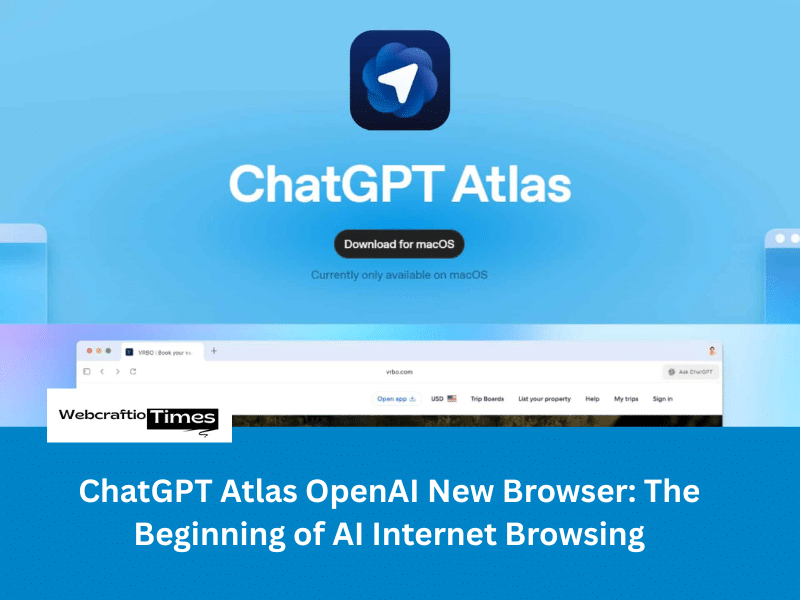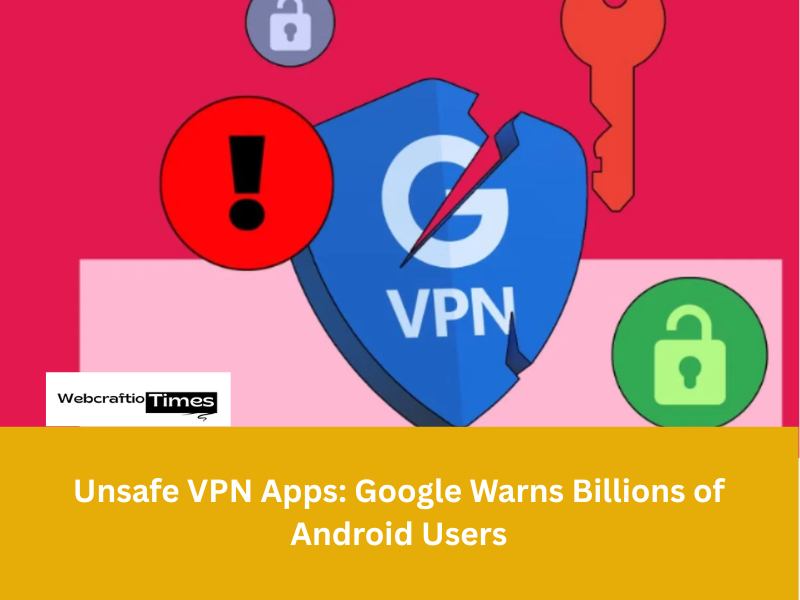OpenAI, the company that redefined the world of Artificial Intelligence with its ChatGPT chatbot, has just taken a monumental step toward controlling the next generation of internet use. The launch of ChatGPT Atlas OpenAI New Browser is not simply a new browser; it represents a fundamental shift from a passive tool for viewing websites to an active. Intelligent assistant that performs tasks on your behalf.
This move positions OpenAI in direct competition with technology giants like Google and Microsoft, signalling a new era in the browser wars, one where AI, not just speed, determines dominance.
This detailed article explores the revolutionary features of ChatGPT Atlas, examines its impact on user experience and the digital landscape. And explains why this AI-first approach changes everything we know about browsing the web.
The Core Concept: An AI-First Interface
Traditional web browsers function as a window to the internet. Users manually input a query or a URL, navigate through pages, and then copy and paste information into separate tools for processing. ChatGPT Atlas OpenAI New Browser tears down this barrier by embedding its powerful AI. Currently driven by its latest models, right into the core of the browsing process.
The URL bar, long the centre of the browser, now shares the spotlight with a conversational AI interface. You do not just search for an answer; you ask your browser to perform a task. This difference is subtle but critically important. Sam Altman, OpenAI’s CEO, acknowledged this shift. Suggesting that the chat experience will replace the traditional URL bar as the primary method of using the internet.
Revolutionary Features That Define Atlas
ChatGPT Atlas stands out with three primary features that drastically enhance the user experience. Making it more personal, efficient, and proactive.
1. Seamless ChatGPT Integration and the Sidebar
The most immediate change users notice is the deep, contextual integration of the AI. Instead of jumping to the ChatGPT website or a separate application, a persistent sidebar allows instant interaction with the AI regarding the page currently in view.
- Content Summarization: You can instantly ask the AI to summarise a long news article. A technical research paper, or a lengthy legal document. This saves immense amounts of time.

- In-Line Assistance: The innovative “cursor chat” feature enables users to highlight text within an email draft, a document, or a code snippet and request direct edits, refinements, or explanations without leaving the active tab. For example, a user highlights a paragraph and instructs: “Make this sound more professional.” The AI executes the change immediately, a textbook example of an active-voice interaction.
- Data Analysis: Researchers and business professionals can direct ChatGPT to analyze charts, tables, or complex data presented on a webpage, receiving instant insights and comparisons.
2. Browser Memories: Personalization Redefined
Browsing history has always been a functional, but passive, feature. Atlas transforms this data into an active component of the AI experience through Browser Memories.
This optional feature allows ChatGPT to remember key facts, context, and details from the sites you visit. This dramatically improves future interactions. For example, a user who browsed five different job boards over a week can later ask .Find all the job postings I viewed last week and create an overview of industry trends.” The AI uses its memory to aggregate, analyze, and present the requested information. Users maintain full control over these memories. Deciding what the browser remembers and managing or deleting stored context at any time.
3. Agent Mode: Delegating Digital Tasks
The most ambitious feature is Agent Mode, available in preview for ChatGPT Plus and Pro subscribers. This mode elevates the browser from an assistant to an agent. It can now perform multi-step, complex tasks across multiple web pages on your behalf.
Imagine a user planning a holiday. They simply tell the browser: “Find the best flight deals to Paris next month and book a highly-rated, mid-range hotel near the Eiffel Tower.” The AI agent then performs the entire workflow:
- Opens airline and hotel booking sites.
- Compares prices and reviews.
- Fills out search forms.
- Presents the final best options for the user’s approval.

The agent only operates within browser tabs.Does not access local files, and requires user approval for sensitive actions like financial transactions, ensuring safety and oversight. This shift fundamentally re-envisions how we accomplish tasks online, moving from ‘do-it-yourself’ browsing to ‘delegate-to-your-AI’ browsing.
SEO and the New Digital Battlefield: Generative Engine Optimization (GEO)
The introduction of ChatGPT Atlas sends shockwaves through the Search Engine Optimization (SEO) community. For two decades, SEO focused primarily on ranking high on Google’s Search Results Page (SERP) to earn the click. The AI browser, however, threatens to bypass the click entirely by summarizing and synthesizing information directly for the user. This necessitates a pivot to a new paradigm: Generative Engine Optimization (GEO).
For web publishers and marketers, the rules are changing rapidly:
Read More : Snapchat’s New Paid Storage: The Cost of Saving Your Memories
- Focus on Authority, Not Just Keywords: Brands must establish themselves as the definitive, trustworthy source for their topic. The AI is more likely to cite and synthesize information from sites with high E-E-A-T (Experience, Expertise, Authoritativeness, and Trustworthiness).
- Optimize for Snippets and Synthesis: Content must be highly structured, logically clear, and answer-oriented. Use clear headings, bullet points, and tables. This makes it easy for the Atlas AI to accurately extract and cite your information, increasing your ‘share of recommendation’ in AI-generated answers.
- Implement Callable APIs and Structured Data: The “Agent Mode” relies on the ability to interact with services. Websites must adopt advanced structured data and Callable APIs, allowing the AI agent to check product availability, configure services, or complete transactions on the user’s behalf.
This AI-driven evolution demands a shift in metrics, moving the focus from traditional ‘organic traffic’ to ‘answer coverage’ and ‘action success rates’ within the AI-mediated experience.
The Broader Impact on the Tech Landscape
The launch of ChatGPT Atlas OpenAI New Browser is a strategic maneuver with massive market implications:
- Challenging Google’s Dominance: Google Chrome holds a commanding share of the global browser market. By owning the browser, OpenAI gains a direct channel to the user, bypassing Google’s search engine altogether. This creates a powerful new avenue for monetization, possibly through premium agent services or highly targeted, AI-mediated advertising in the future.
- The AI Browser Competition: OpenAI is not alone. Rivals like Perplexity have launched the Comet browser. While Google actively integrates its Gemini AI into Chrome and Microsoft pushes Copilot features in Edge. The battle has moved from page-rendering speed to AI-powered functionality.
- Privacy and Control: OpenAI has emphasized user control. By default, Atlas does not use browsing content to train its models. Users can manage their Browser Memories and utilize an Incognito Mode to ensure privacy. This focus is a clear counter-narrative to the data-collection practices of existing browser leaders.
Conclusion: The Future of Browsing is Active
ChatGPT Atlas OpenAI New Browser represents the most significant innovation in web browsing since the debut of Chrome. It transforms the internet experience from a self-guided journey to a highly automated, deeply personalized partnership with an AI assistant. Users save time, delegate complex tasks, and benefit from a persistent, contextual memory that enhances every interaction.
While it faces the daunting challenge of unseating market giants, the arrival of Atlas fundamentally changes the standard by which we measure a browser’s utility. We are moving beyond simple search and into an era where our browser actively works for us. Making the digital world more productive and intuitive.
As OpenAI rolls out support to Windows and mobile platforms. The race to own the AI-powered gate to the internet is only just beginning. We must all prepare for a web where the agent, not the search box, is truly king.
Frequently Asked Questions (FAQs)
- Q: What is the main difference between ChatGPT Atlas and traditional browsers like Chrome?
A: ChatGPT Atlas OpenAI New Browser is an AI-first browser that deeply integrates ChatGPT directly into the core experience. Unlike passive traditional browsers, Atlas acts as an active AI assistant, performing tasks, summarizing content, and using memory for a personalized experience.
- Q: What is “Agent Mode” and who can use it?
A:Agent Mode is a premium feature that allows ChatGPT to perform complex, multi-step actions on your behalf (e.g., booking a trip or ordering groceries) across multiple webpages. It’s currently available to users with ChatGPT Atlas Plus, Pro, and Business subscriptions.
- Q: How does the new browser handle my privacy and browsing data?
A: OpenAI emphasizes user control. By default, ChatGPT Atlas OpenAI New Browser doesn’t use your browsing content to train its models. Users can manage their “Browser Memories,” control which sites the AI can see, and use Incognito Mode for maximum privacy.
- Q: What is the main challenge the launch of Atlas poses to SEO? A:
The browser’s ability to summarize information and complete tasks directly within the chat interface threatens to bypass traditional search engine results, prompting a new focus on Generative Engine Optimization (GEO) to ensure content is cited by the AI.
- Q: Which platforms is ChatGPT Atlas currently available on?
A: The ChatGPT Atlas OpenAI New Browser is currently available globally on macOS for Free, Plus, Pro, and Business users, with versions for Windows, iOS, and Android scheduled to be released soon.



